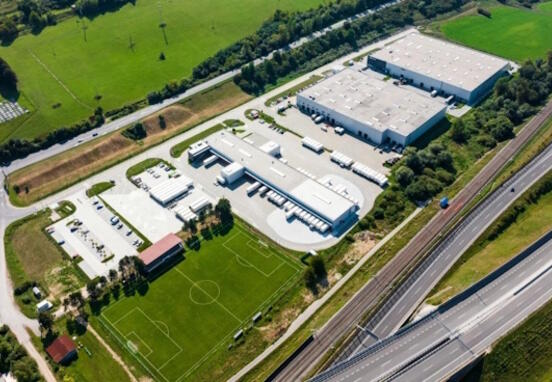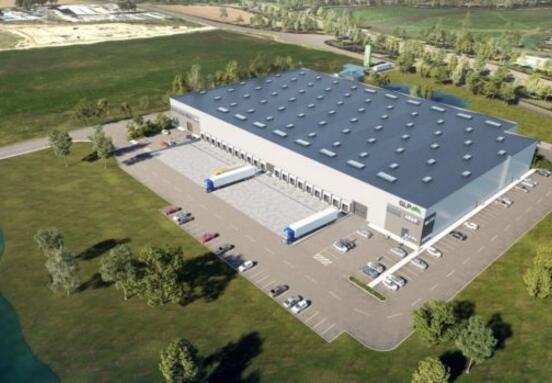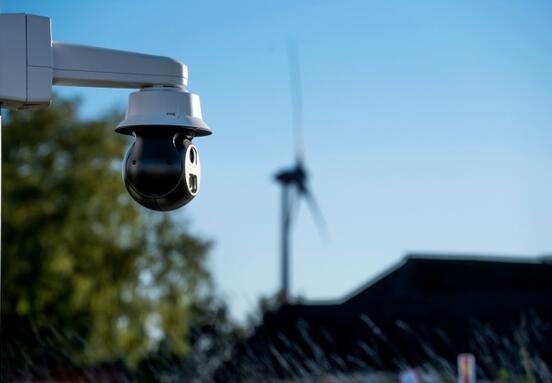Most other markets in the CEE region saw investment growth, with the exception of Romania, which fell by 8%, according to Colliers’ analysis.
“Growing global uncertainty, particularly around US trade policy under Donald Trump, is worrying trade professionals. There are growing concerns about renewed protectionism, which carries risks of inflation and economic slowdown. Recent surveys confirm that the European real estate sector and other sectors see geopolitical instability as the biggest threat. Insecurity indices have risen sharply in both the US and Europe, with the European index reaching a record high. Even modest tariffs – such as 10% on EU exports – pose a risk, while the key automotive sector in Central and Eastern Europe faces even higher tariffs,” said Grzegorz Sielewicz, Colliers CEE.
Growth outlook worsens
Although Slovakia has limited direct trade ties with the US, it is among the countries facing high indirect exposure to tariff hikes via the automotive industry, along with Hungary.
Growth forecasts in Central and Eastern Europe have been downgraded, with Romania and Slovakia the worst hit. Poland remained the best performer, driven by household spending and a recovery in investment.
Investment growth in the first quarter of 2025 was seen across all sectors except residential. Industry and logistics saw investment worth €800 million, three times the previous year. “Despite rising wages, the CEE region remains cost-competitive, with a high-quality workforce and growing investment in R&D, which puts it in a position to benefit from changes in global trade,” Colliers said.
Retail and hospitality grew
The volume of investments in the retail sector increased by 38% year-on-year. According to the company, the office sector recorded a significant recovery in investments, especially in Bulgaria and the Czech Republic. The hotel sector was the most efficient at the beginning of this year, with an almost ninefold increase in investment volume. In the Czech Republic and Hungary, volumes for the first quarter of 2025 exceeded or equaled the annual total volume for last year.
The share of CEE-6 countries (Bulgaria, Romania, Hungary, the Czech Republic, Slovakia and Poland) in total investment volumes reached 57%. Other European countries accounted for 18% of the total volume, while their total volume did not exceed 500 million euros. Investments from the USA and China increased sharply.







